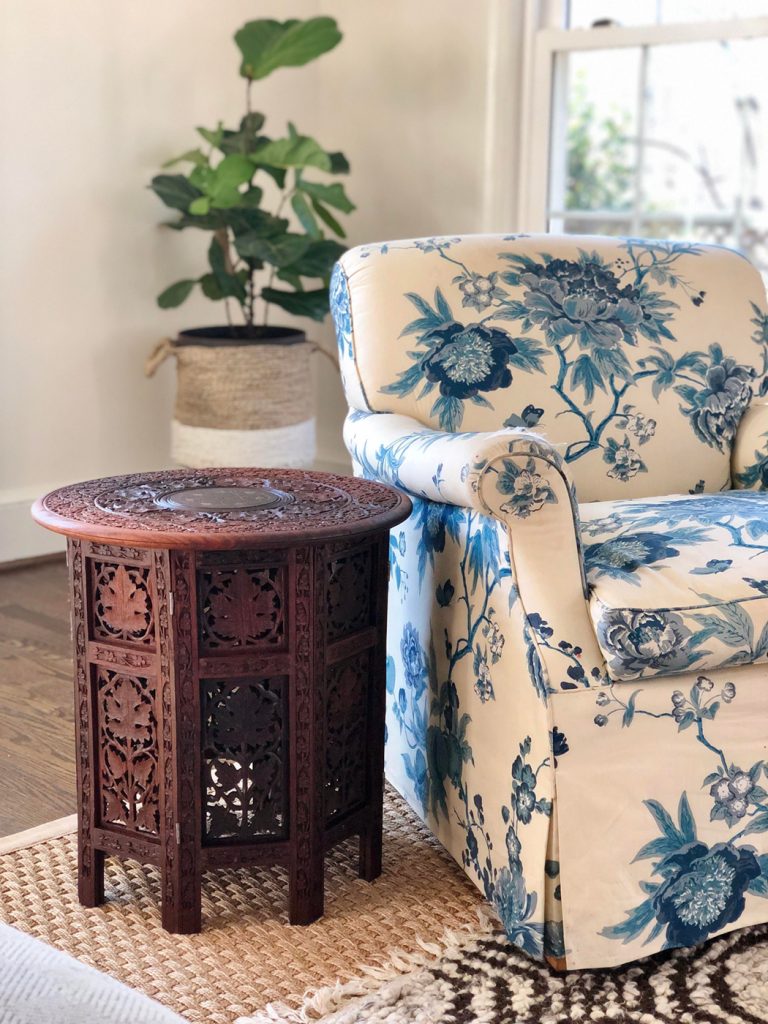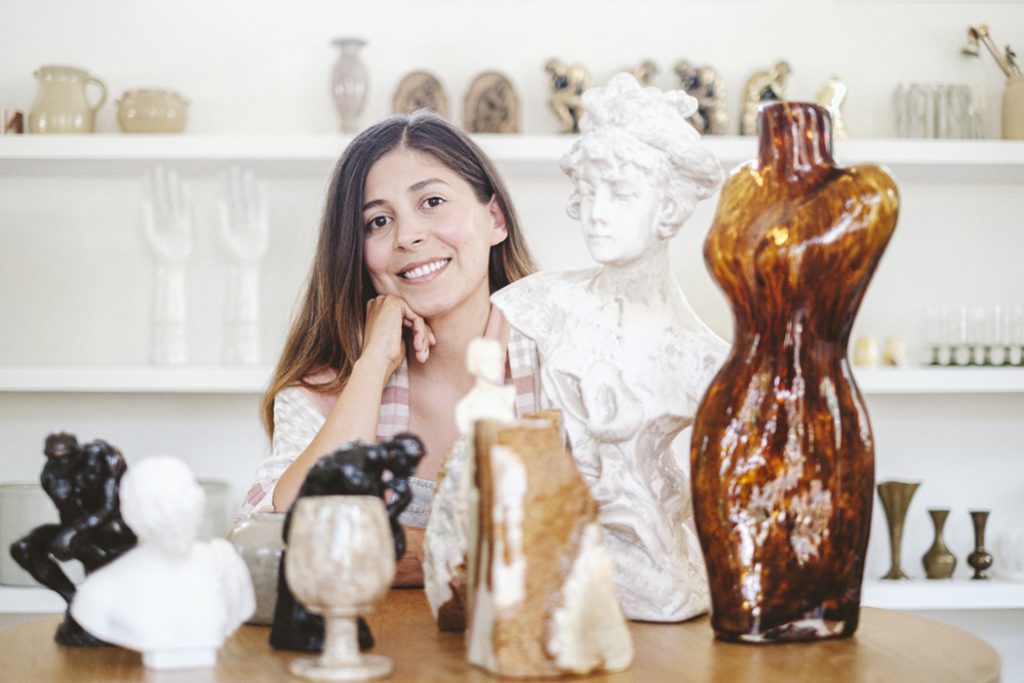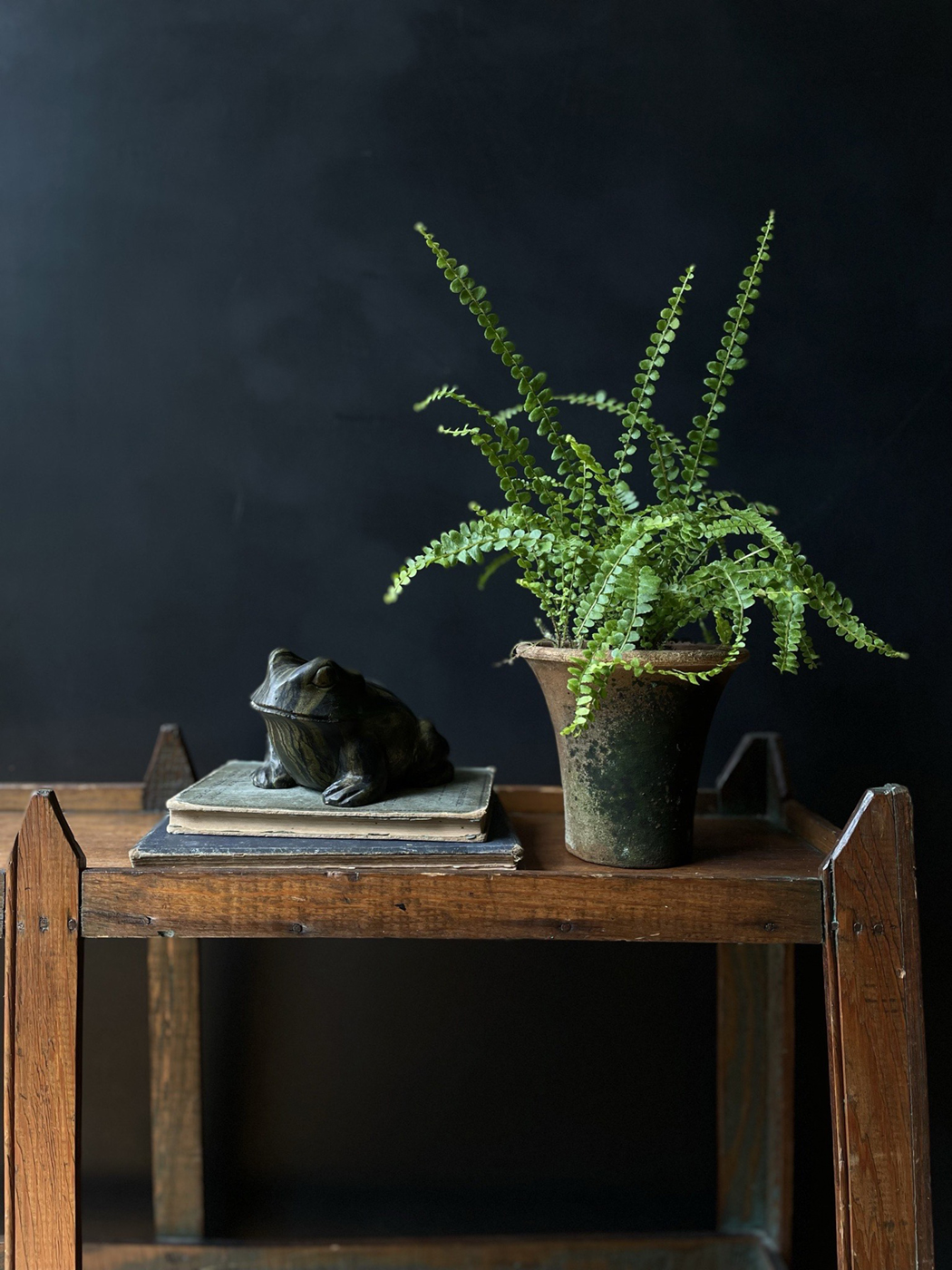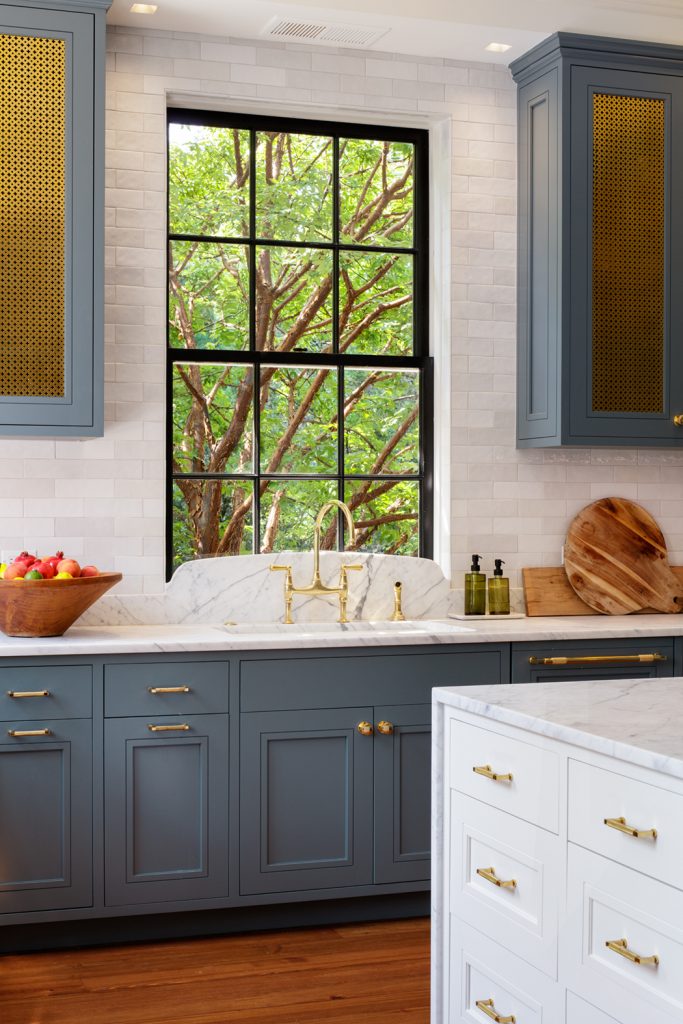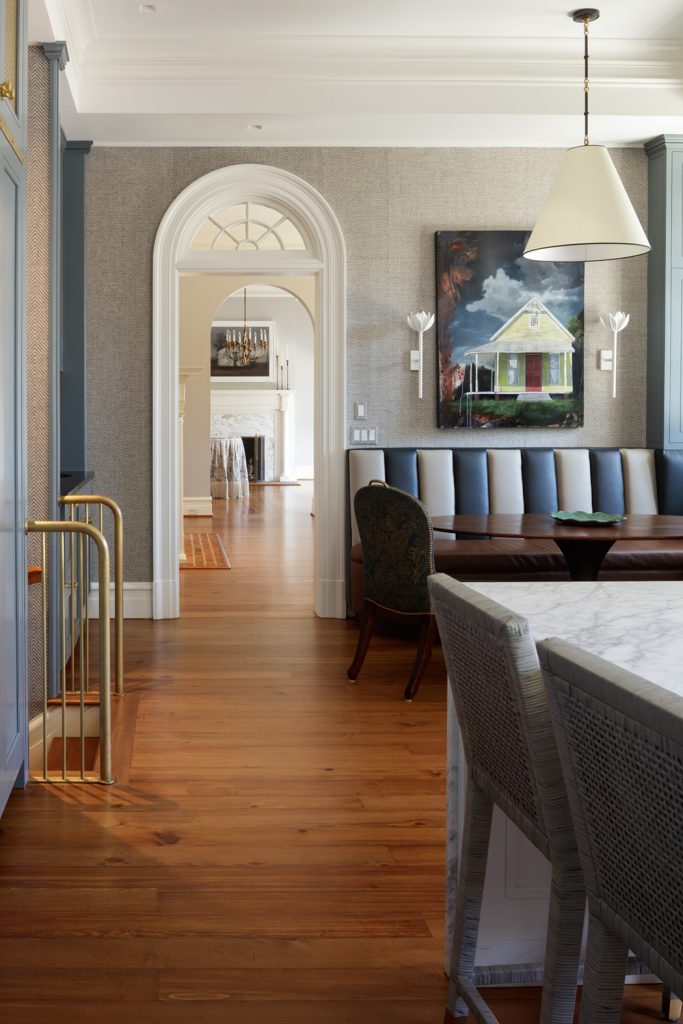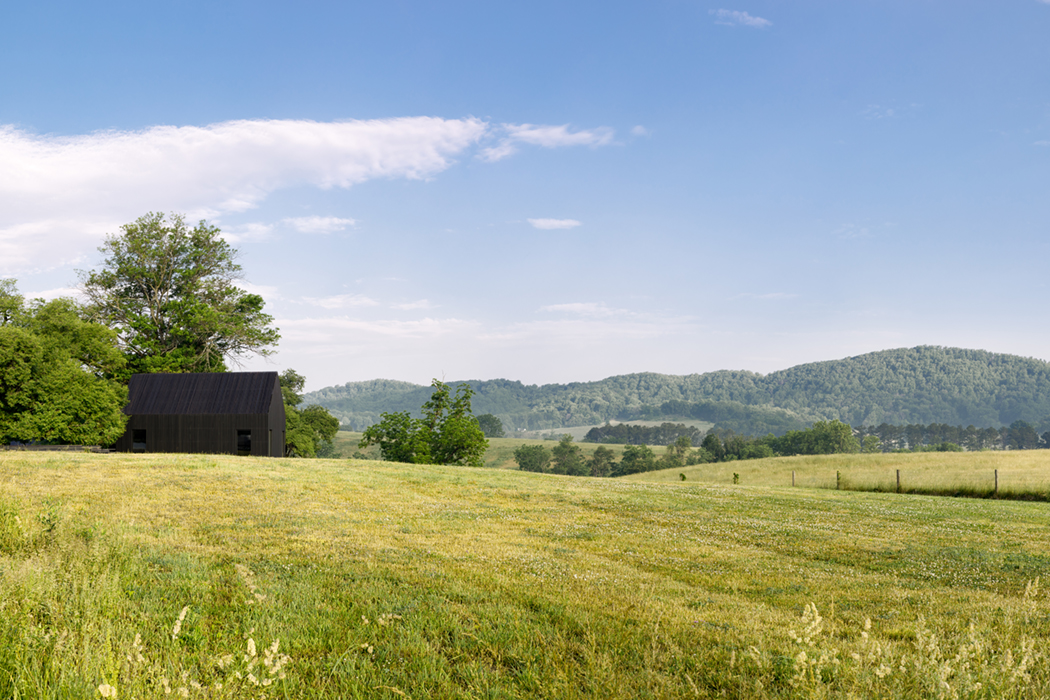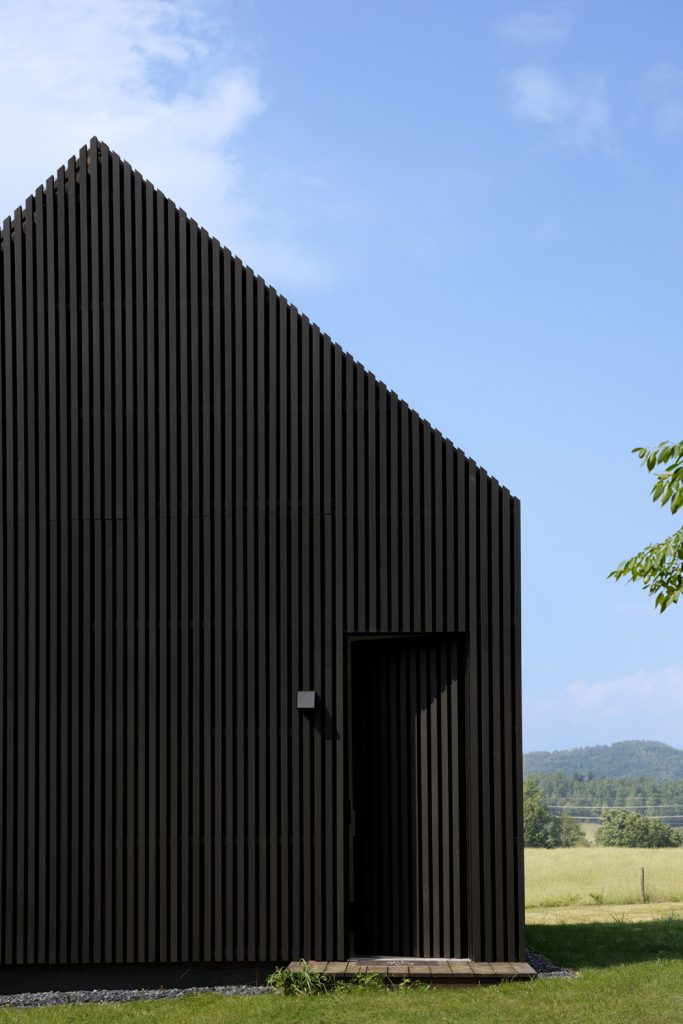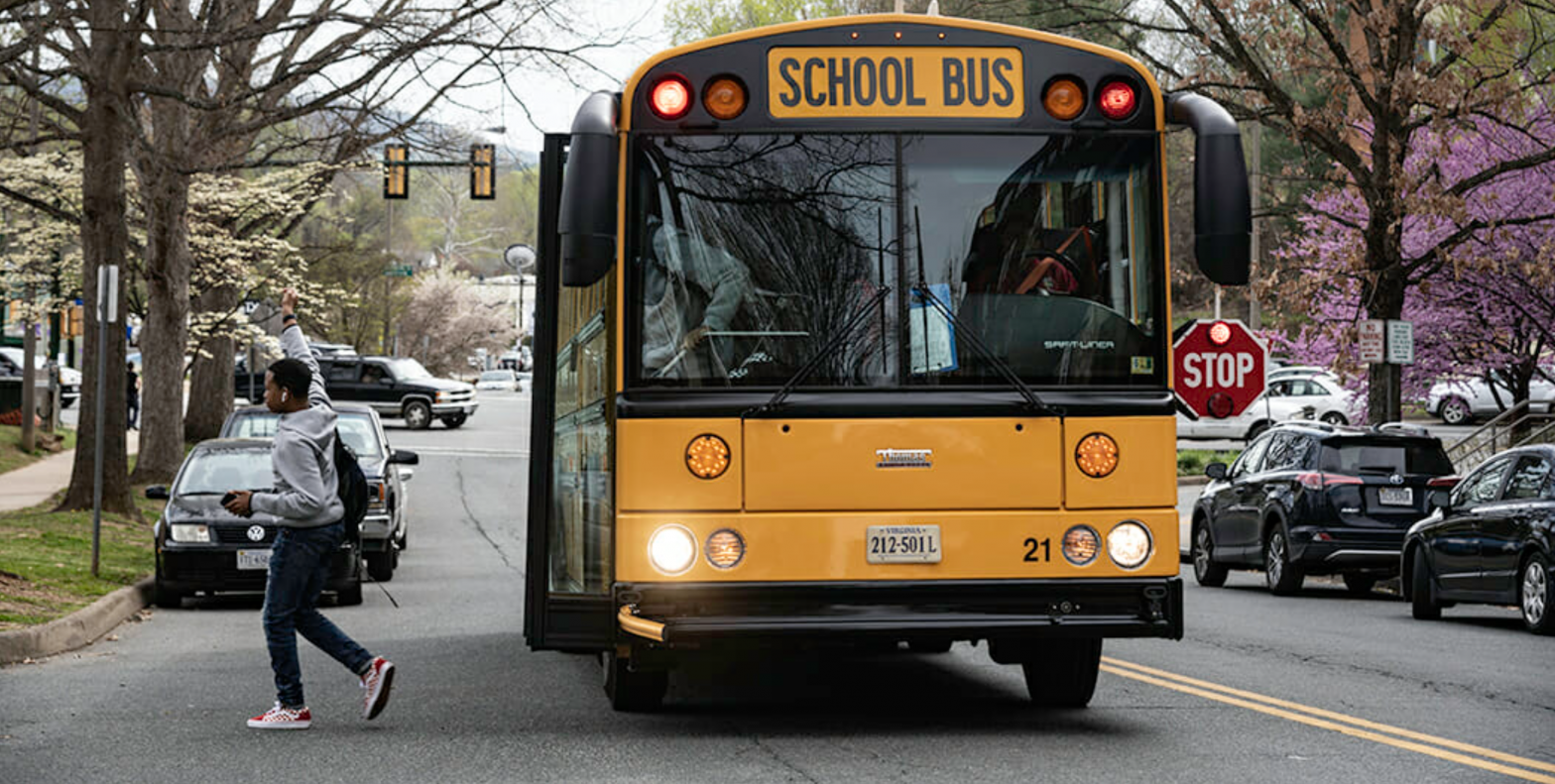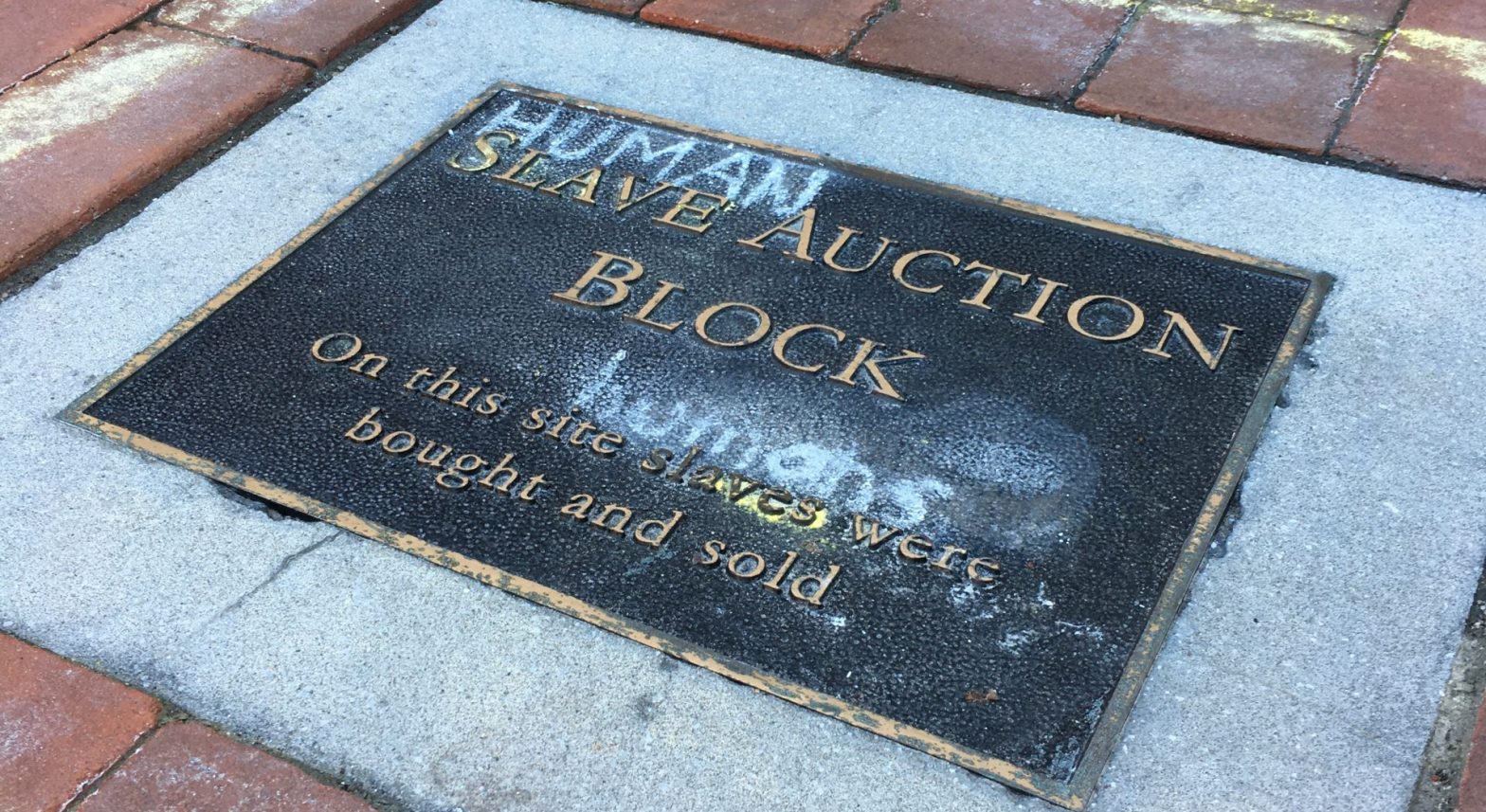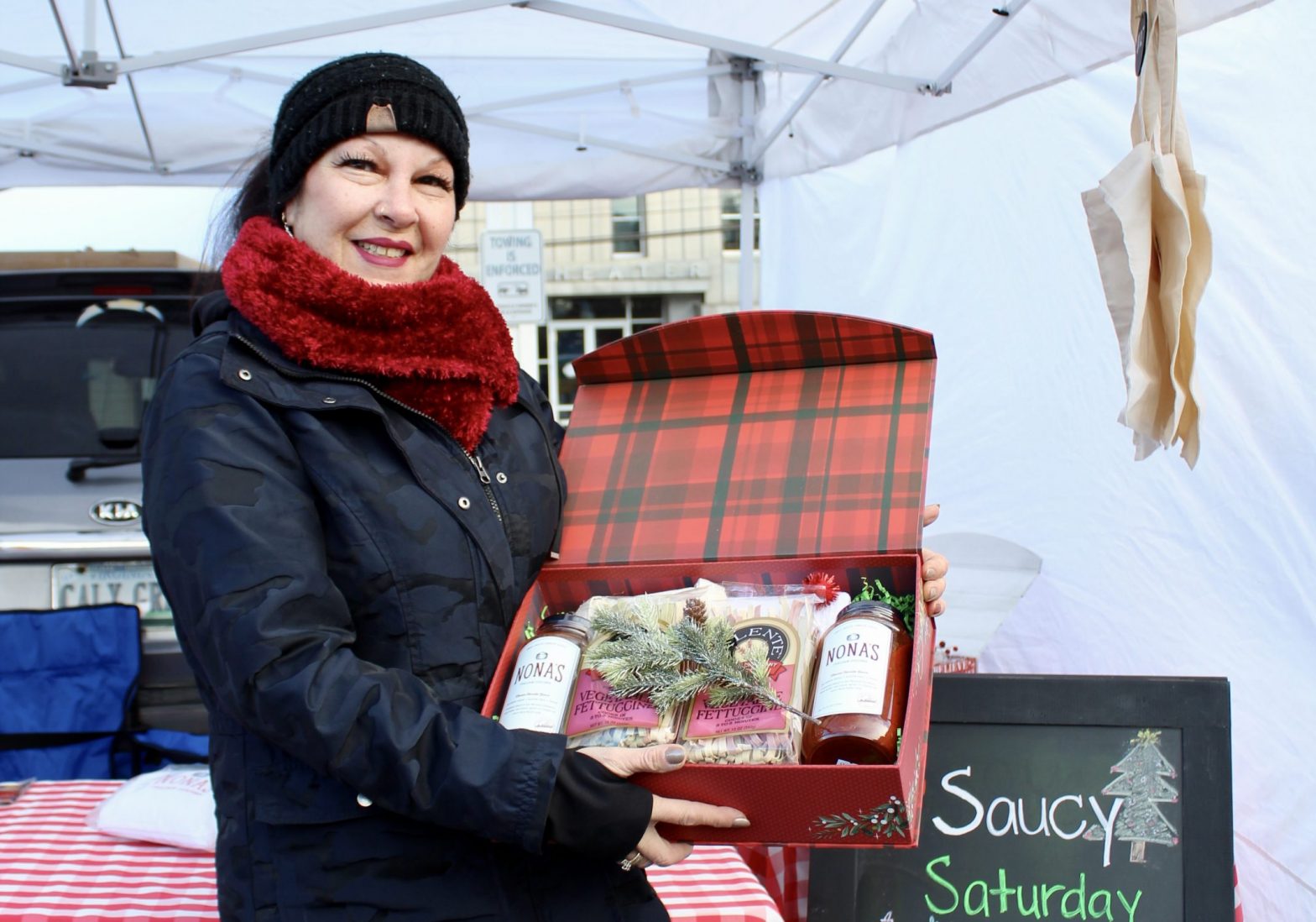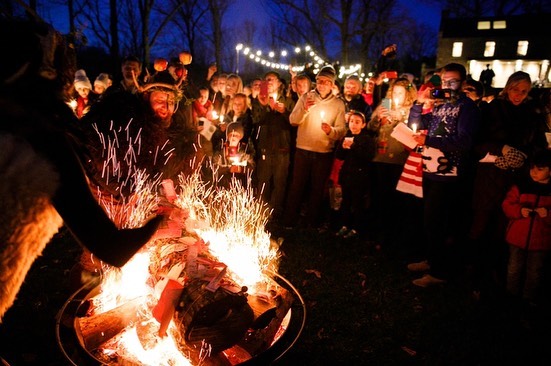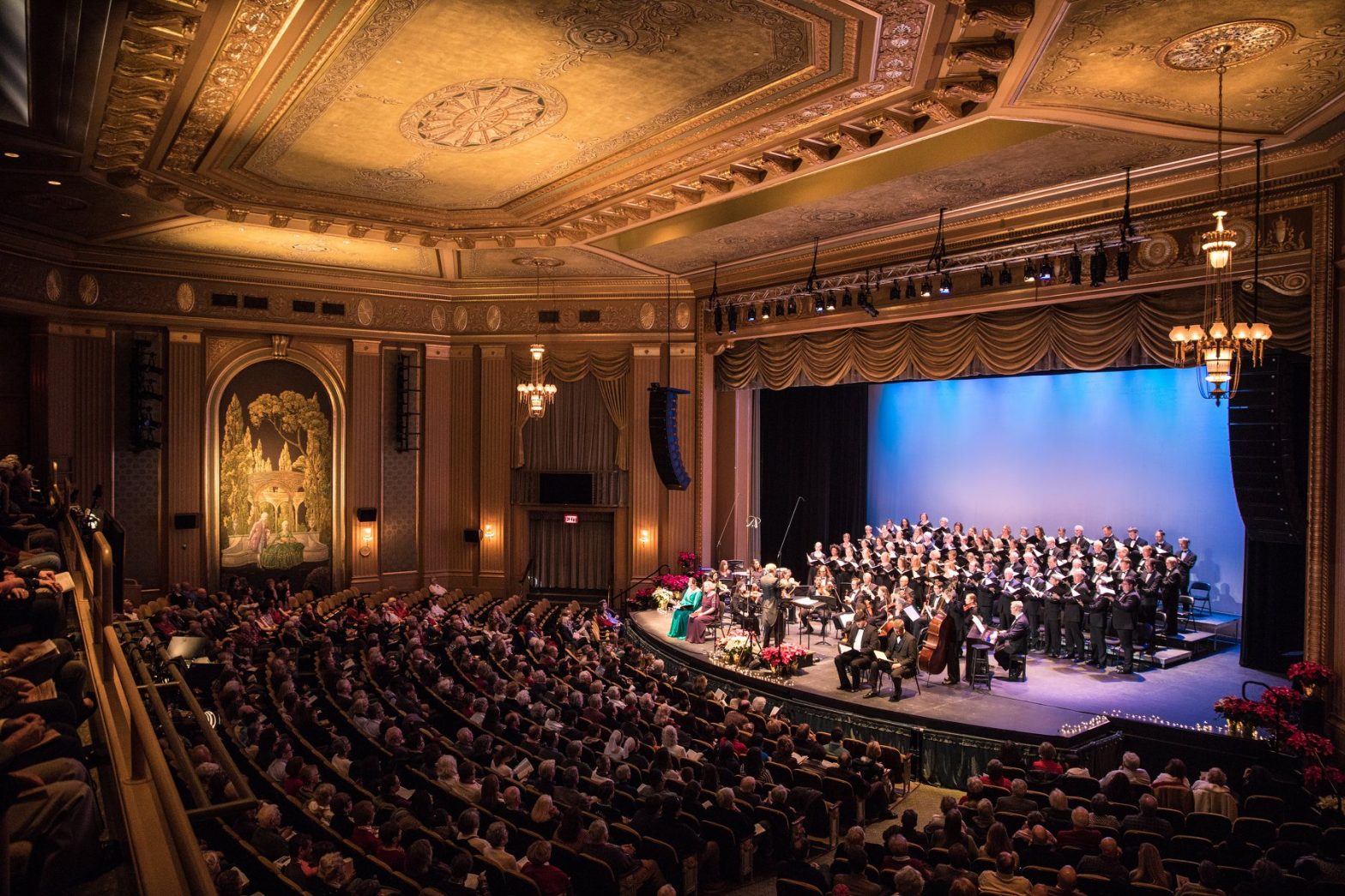Since Virginia lifted its decades-old ban on collective bargaining for public sector employees this year, Charlottesville’s firefighters and bus drivers have urged City Council to pass an ordinance allowing city employees to join a union and negotiate their contracts. Over the summer, the city took initial steps toward bargaining, when council adopted a resolution allowing former city manager Chip Boyles to draft a collective bargaining ordinance. But Boyles’ sudden resignation in September—and former interim city manager Marc Woolley’s hasty withdrawal from the position—has left the timeline for such an ordinance in limbo.
Amid these setbacks, local teachers have joined the fight for collective bargaining. And after Richmond’s school board became the first in the state to approve a collective bargaining resolution for school employees last week, Charlottesville-area educators hope to have a seat at the table soon too.
“When we talk to people, they’re usually in favor of it happening,” says Vernon Liechti, president of the Albemarle Education Association. “It’s a tool we can use to improve working conditions, benefits, and compensation for everybody.”
To force a school board to vote on a collective bargaining resolution, a union must have the support of the majority of employees in the bargaining unit. The board then has 120 days to take a vote, and set the parameters for contract negotiations. Nationally, teachers’ unions are some of the most influential unions in any industry, but Virginia has been one of just five states—along with Texas, Georgia, and the Carolinas—that bans bargaining with educators. Because Virginia’s unusual new law gives power to local boards to determine whether bargaining is allowed or not, early unionization efforts have made more headway in the state’s Democratic areas, like Richmond and northern Virginia, than in more conservative regions.
In Charlottesville and Albemarle, union supporters are currently focusing on organizing licensed professional staff who work directly with students, including teachers, counselors, specialists, nurses, and instructional coaches. AEA is also working to recruit bus drivers, food service workers, custodians, and teacher assistants.
In addition to pay raises and improved benefits, collective bargaining can help school employees get better classroom supplies and technology, adequate restroom breaks, smaller class sizes, additional time for lesson planning, more control over work hours, and other benefits, the union organizers argue. Most importantly, it will ensure every required duty is clearly spelled out in employees’ contracts.
“All parties are held accountable for what we negotiate for, which isn’t the case now. We can have all the negotiations we want…but it’s not on paper, and things can change,” says Jessica Taylor, president of the Charlottesville Education Association. “We would continue to make sure the division is accountable for compensating people who are doing more than what the contract asks them to do, like subbing for other teachers.”
“If you ever look at a collectively bargained contract in another state, versus what we have in Virginia, their contracts are like 40 or 50-plus pages—ours are just one or two,” says Liechti. “A lot of people just want to have clarity on what their roles, responsibilities, and time commitments are going to be.”
In light of the substitute teacher and bus driver shortages impacting both school districts, collective bargaining could also be a “huge welcome sign,” helping to recruit new employees—and retain them, Liechti says.
“I see such a huge turnover every single year in teachers and drivers,” he adds. “This is a way for us to work with our governing bodies…and just straight up tell them what people need to see in order to stick around in the division.”
And as schools continue to deal with the pandemic, collective bargaining could ensure that they maintain proper health and safety measures, says Taylor.
Collective bargaining would improve the lives and experiences of students too, union supporters stress.
“A teacher’s work environment is a student’s learning environment,” says Taylor. “If you have teachers who have all the resources that they need and are given the benefits that they deserve, they’re going to come to work rested, respected, and engaged.”
Across both county and city school divisions, many employees have shown support for unionizing. Earlier this month, dozens of local teachers gathered on the Downtown Mall to protest the Virginia School Board Association’s opposition to collective bargaining for public employees.
“People outside of the classroom are making decisions that directly impact people doing the work,” says Taylor. “It leads to people feeling disrespected. That is not a good feeling when you come to work…and you can only give your best when you feel your best.”
Next month, Charlottesville organizers plan to give presentations about collective bargaining at staff meetings, as well as put together a formal organizing committee. And until they have the majority support of their bargaining unit, CEA and AEA will work to boost membership across the schools.
“We need to make sure we are doing what we need to do to not just keep the teachers teaching right now, but make people want to be teachers, drivers, food service workers,” says Liechti. “This is a tool we can use to get to that point.”
